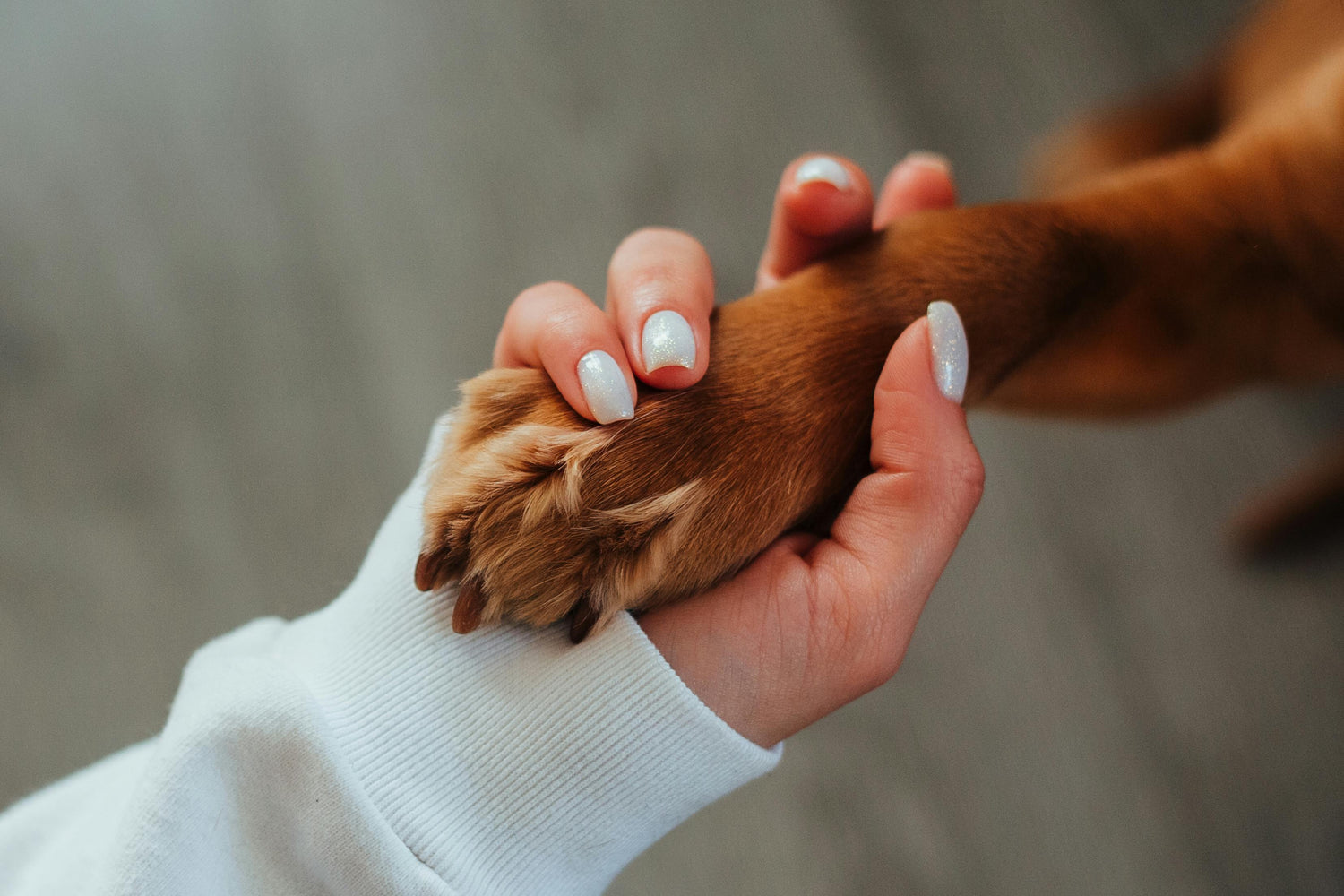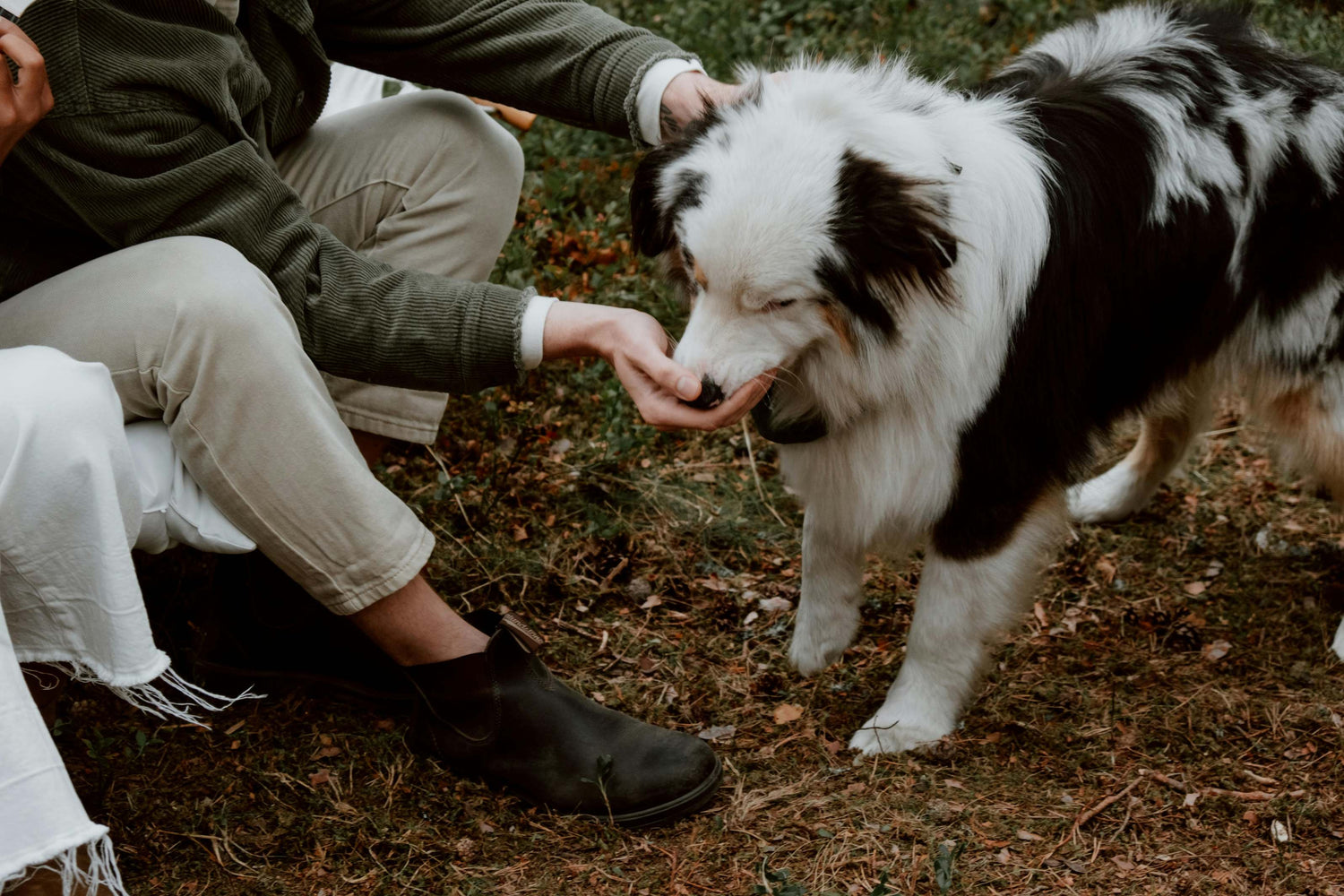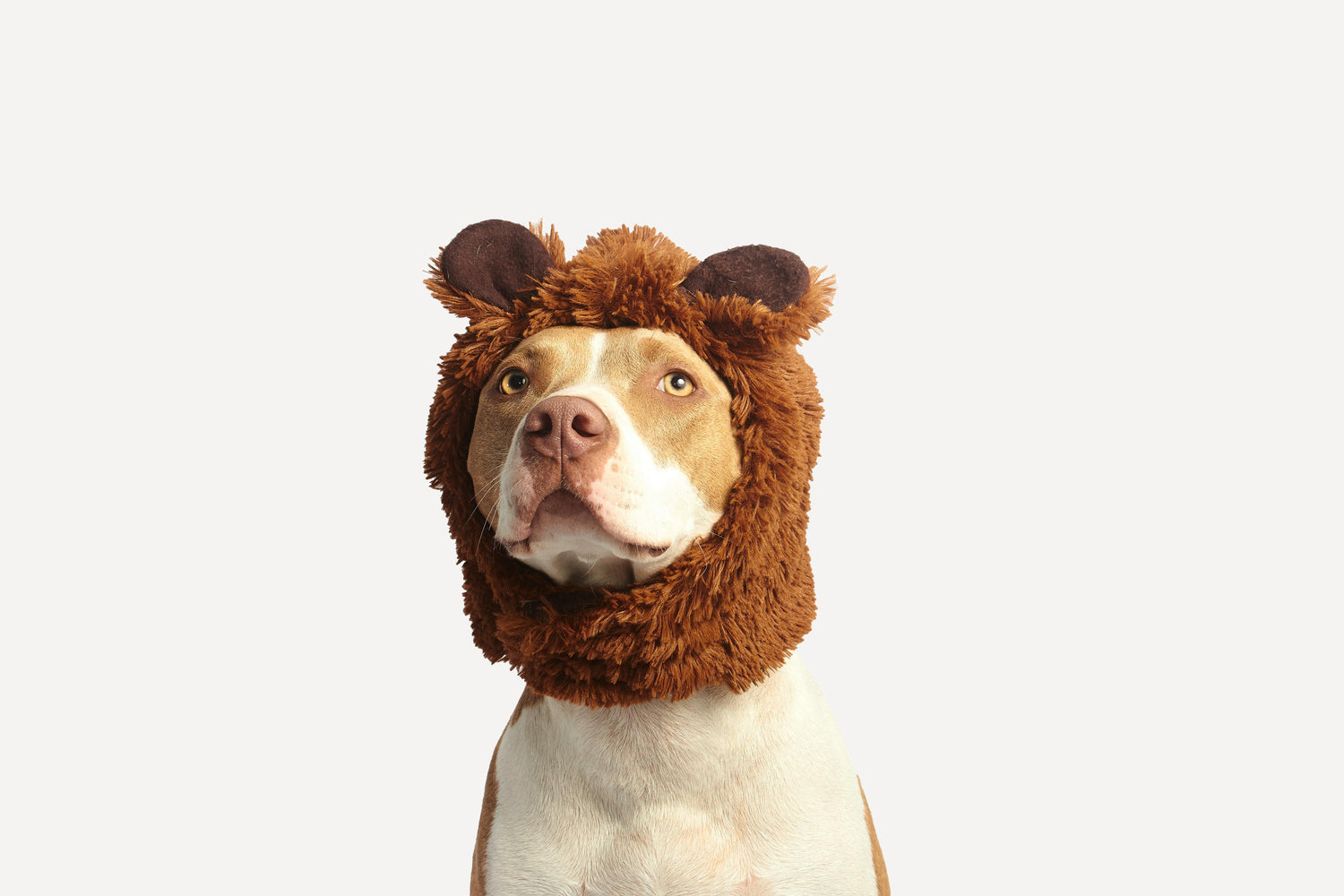Whether you're getting a new puppy or an adult dog, it is important to know how many puppy pads to put down. Taking into account the size of your pet, their potty breaks, and the specific needs of your pup, we can help you get the right number of puppy pads for your furry friend.
Determine Your Puppy's Size and Age 
Estimating the right number of puppy pads needed starts with knowing your pup. The larger the dog, the more they will need to potty break and this affects the number of pads you may require.
Additionally, puppies are known to have many accidents, especially when they are still in their housetraining stages so a higher number of puppy pads will be needed for them than older dogs. Make sure to keep these things in mind when making your estimate.
While the actual number of puppy pads you need also depends on your dog’s age, the general rule of thumb is to start with one pad per area that your pup goes to most often.
For puppies, which tend to have more accidents, it’s best to double that minimum so they always have a clean place to go. Make sure to keep an eye on the pads and replace them as they get used up or worn out.
For older dogs, if they have become comfortable with using pee pads, stick with consistency and change the puppy pads regularly.
Consider Your Puppy’s Training Steps
Puppy pads can be helpful for owners of puppies as part of the potty training process. When you are estimating the number of puppy pads needed, consider where your pup is in their potty training journey.
Beginner pups may need puppy pads with built-in attractant in every room that the pup has access to, as well as a few spots outside where you can allow them to relieve themselves. This will help to reinforce the habit of using the pad and also encourage consistent bathroom habits.
Next up, as your pup progresses with potty training, you can begin to decrease the number of puppy pads used in each area until you find the perfect balance for your pup’s needs. For example, when your pup begins showing more consistent potty behaviours, you may only need one pad by their crate or bedtime area as they will learn not to use it otherwise. By observing and understanding your puppy’s habits and behaviours, you can determine how many puppy pads are right for them.
Familiarise Yourself With How Many Pads You Have Available Every Day
In order to accurately determine how many puppy pads should be used in a day, you will need to understand the number of puppy pads you have available.
You may stagger your use of the pads by placing one or two in a few areas when it is not potty time and then swapping those for new ones when it’s time for them to go out. Knowing exactly how many pads you have on hand during the day can help to ensure that you don’t run out or waste any unnecessarily.
You should also remember to take into account the varying needs of your pup throughout the day. If they have just had a long nap, it might be necessary to have a few extra pads at their disposal as soon as they wake up. As your pup gets older, you could reduce the number of puppy pads used in a day depending on how well-trained and reliable they become with going to the bathroom when out for their walks.
Choose Premium-Quality Dog Pads for Better Absorption and Odor Control
Premium-quality puppy pads can make all the difference in the selection of materials needed.
Dog pads that feature a quilted or absorbent top layer, plus a bottom plastic sheet can help to keep urine and feces dry and not track onto carpet or furniture.
Also, consider pads with an extraabsorbent core or lining for greater absorption and odour or scent control features that allow you to discard used pads without filling your home with unpleasant smells.
Change the Pad frequently to Keep your Home Clean and Odor-Free
When it comes to learning how many puppy pads are needed, the key is to make sure that you change them regularly.
Most experts suggest changing the puppy pad as soon as possible after it has been used, in order to prevent urine and feces from seeping through the pad and onto nearby carpets or furniture.
Additionally, regular changes of the puppy pad will help to reduce odour buildup and make sure your living space stays clean and smelling fresh.
Besides that, puppies require more frequent changes in order to help with their potty training process. If you have an adult dog who is used to using pee pads, you should change the pad at least once daily or whenever the pad looks saturated.
With that said, larger breeds tend to produce more waste, so you may need to use bigger-sized puppy pads. By keeping the area clean and replacing pee pads regularly, you can help make sure that your home stays odour-free and hygienic for your pup's long-term health and happiness.
Conclusion
In the end, how many puppy pads should you use to potty train your dogs exactly?
At Asahi Paws, we recommend using 3-4 pads to cover a wider area of where your pup stays.
To train your pups, one at a time is enough because our puppy pads are added with built-in attractant and a layer of Charcoal, which not only attracts your pups to do their business smoothly but also this special layer is designed to effectively control odours by absorbing your paw friend’s urine, neutralising them faster than regular pads.
In addition, our puppy pads weigh 40g, which is heavier than regular pads, is more absorbable.
With a variety of 5 layers (regular) and 6 layers (charcoal) of pads, Asahi Paws puppy pads have super-absorbent polymer; the pads provide unbeatable leakage protection, making potty training for your paw friend an effortless task.
Our puppy pads also have 4 adhesive sticky tapes which stabilize the potty training area and give you ease.
Look at Asahi, our ambassador’s happy face!
Remember, we now have a New Store Launch 20% Off on your first order!
Click to learn more!


![How Many Puppy Pads Should You Put Down? [Ultimate Guide]](http://www.asahipaws.com/cdn/shop/articles/pexels-toshimi-style-14856526_1.jpg?v=1683715480&width=3000)





